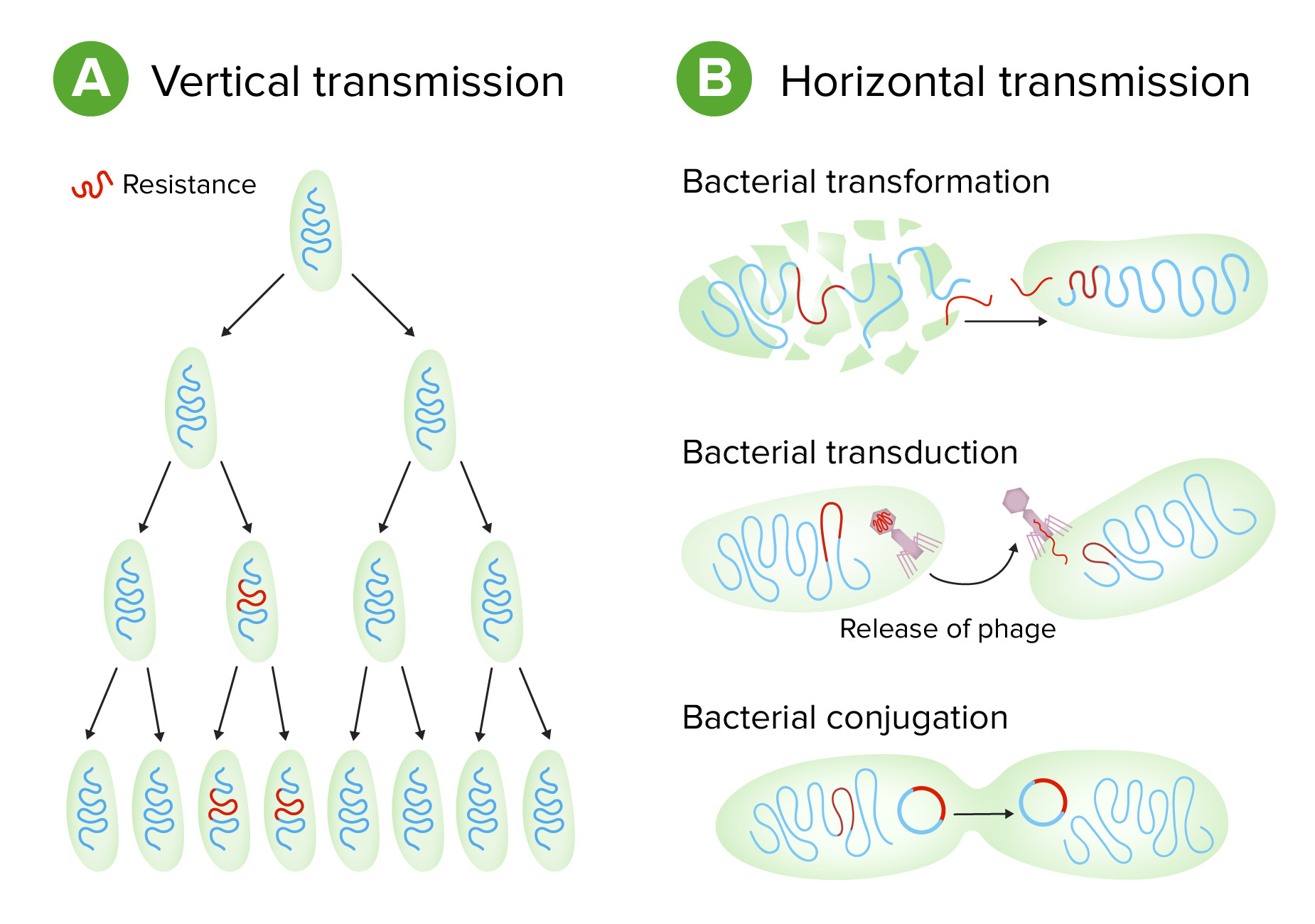Playlist
Show Playlist
Hide Playlist
Membrane-damaging Toxins and Extracellular Matrix Toxins – Bacterial Toxins
-
Slides 01 Bacteria MicrobiologyAdvanced.pdf
-
Download Lecture Overview
00:00 There are other membrane damaging toxins as well, lipases for example, enzymes that digest lipids, an example is the lecithinase from Clostridial species. This enzyme can lyse cells and eliminate defenses and provides nutrients for bacteria. These are bacterial toxins lysing eukaryotic cells to avoid defenses and the lyse cells produce nutrients for the bacteria. Hemolysins can lyse red and white blood cells, and then there are toxins that form pores in the cell membrane, they insert into the membrane and they allow water to flow in and the cell bursts, again a way for bacteria to avoid some of those immune cells that are trying to get rid of the bacteria. We also have what are called heterogeneous pore-forming toxins, these are produced by a variety of bacteria, one well-known one is Streptolysin O, produced by the Streptococci. This pore-forming toxin binds cholesterol and damages liposomes in cells of the host, causes the cells to lyse, part of the reason why tissues are damaged. Another set of toxins that are produced and if you're thinking, “boy, bacteria make a lot of toxins”, you are right, this is their modus operandus. 01:17 These are called extracellular matrix toxins. The extracellular matrix is the area between cells. Here on this picture, we are showing two cells and the area between them and below them, this is filled with all kinds of substances that provide protection and hold the cell together, this is the extracellular matrix. Bacteria produce enzymes called hyaluronidase. 01:39 Hyaluronic acid is a component of the extracellular matrix, as you can see here, and this breaks it down. It breaks down connective tissue allowing bacteria to spread better. Streptokinase is an enzyme produced by streptococci, it activates plasminogen, converts it to plasmin, which then attacks blood clots and gets them to dissolve. Bacteria don't like blood clots because it inhibits them from moving about, it may restrict them, so this enzyme takes care of that; and finally collagenases and elastases also digest the extracellular matrix allowing free flow movement of the bacteria.
About the Lecture
The lecture Membrane-damaging Toxins and Extracellular Matrix Toxins – Bacterial Toxins by Vincent Racaniello, PhD is from the course Bacteria. It contains the following chapters:
- Membrane-Damaging Toxins
- Extracellular Matrix Toxins
Included Quiz Questions
In addition to destroying immune cells, why is lecithinase beneficial to bacteria?
- It provides nutrients.
- It creates pores in host cells.
- It lyses platelets.
- It decreases susceptibility to opsonization.
- It increases cytokine release.
What is the mechanism of action of streptokinase?
- It activates plasminogen.
- It lyses RBCs.
- It damages lysosomes.
- It breaks down connective tissue.
- It breaks down membrane lipids.
Customer reviews
4,3 of 5 stars
| 5 Stars |
|
2 |
| 4 Stars |
|
0 |
| 3 Stars |
|
1 |
| 2 Stars |
|
0 |
| 1 Star |
|
0 |
Exellent lecture. Thank for teaching me. Enjoy teaching you are best.
Thank you for your interesting, useful and simple way do explain difficult things!
MBBS student cant get benefit from this lecture. The clear concept needed for a future Doctor about Microbiology.




